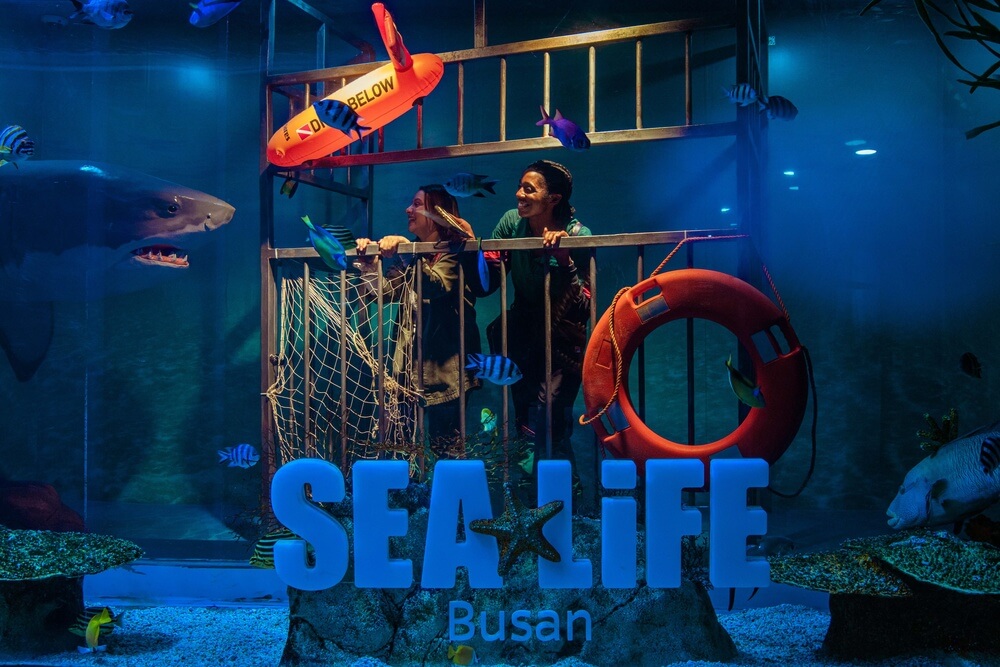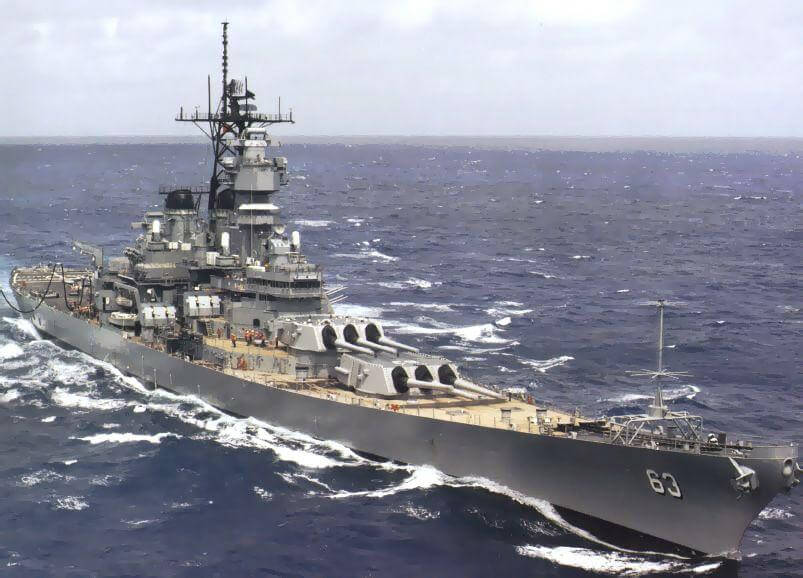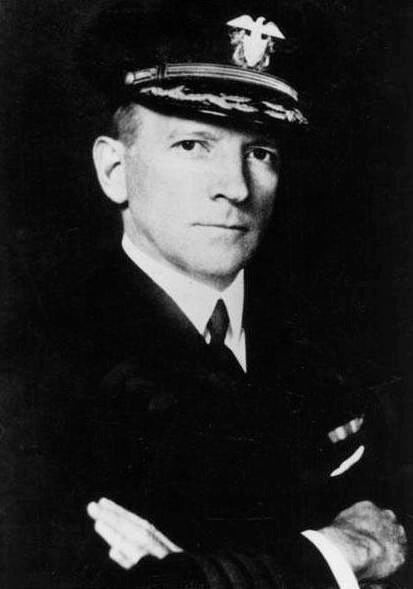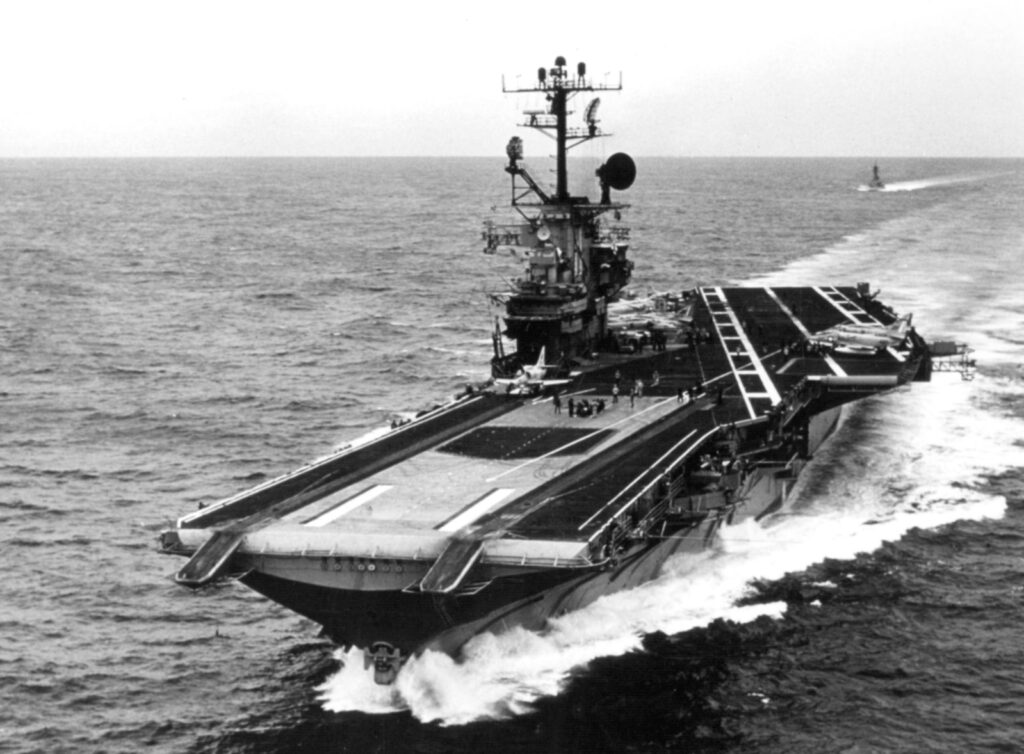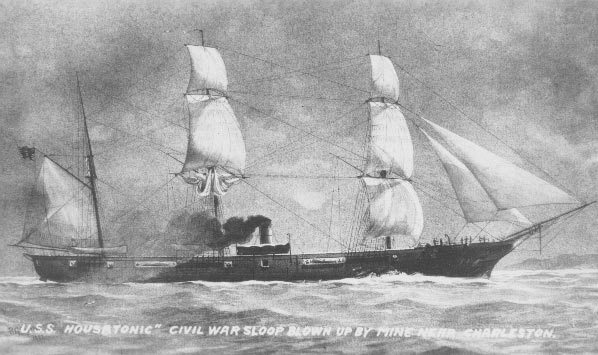April 10
1941
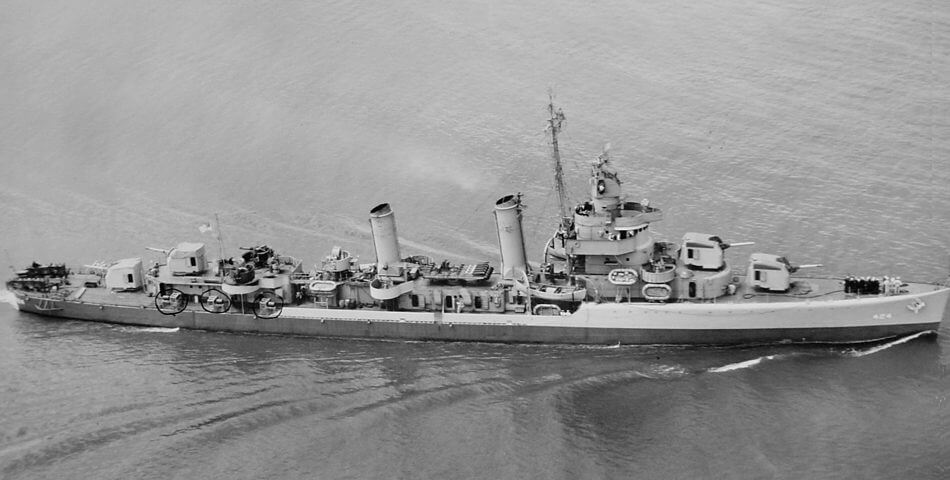
USS Niblack (DD 424) picks up three boatloads of survivors from Dutch freighter Saleier, which was sunk the previous day by a German U-boat. The destroyer detects a submarine preparing to attack and drives it off with a depth charge attack. It is the first action between American and German forces in World War II.
1942
USS Thresher (SS 200) torpedoes and sinks Japanese merchant cargo ship Maru six miles north of Oshima, near the entrance to Tokyo Bay, Honshu, Japan.
1944
TBM bombers and FM-2s aircraft (VC 58) from USS Guadalcanal (CVE 60) sink German submarine U 68 off Madeira Island.
1963
During diving tests, USS Thresher (SSN 593) is lost with all hands east of Cape Cod, Mass., including commanding officer and 17 civilian technicians.
1966
During the Vietnam War, the river patrol boats (PBRs) of River Patrol Force commence operations on inland waters of South Vietnam.
April 11
1783
Congress declares the cessation of arms against Great Britain, just a few days after British Parliament passed a similar resolution, thus ending hostilities of the American Revolution.
1944
USS Redfin (SS 272) sinks the Japanese destroyer Akigumo in the eastern entrance to Basilan Strait.
1945
The kamikaze attacks during the Okinawa Campaign damage eight Navy ships.
1970
Apollo 13 is launched, commanded by Navy Capt. James A. Lovell. The ship endures an explosion forcing an immediate return to Earth. Recovery is by helicopters from USS Iwo Jima (LPH 2).
1991
The U.N. Security Council declares a formal cease-fire ending the Persian Gulf War.
1992
USS Annapolis (SSN 760) is commissioned at the Electric Boat Division at Groton, Conn. The 10th of her Los Angeles “Improved” class of attack submarines.
April 12
1861
The Civil War begins with Confederates firing on Fort Sumter, S.C. The Union Navy plays an integral part blockading Confederates, keeping them diplomatically and economically contained from other nations.
1911
Lt. Theodore Ellyson completes his aviator training at the Glenn Curtiss Aviation Camp at North Island, San Diego, Calif., and becomes Naval Aviator No. 1.
1944
USS Halibut (SS 232) sinks Japanese army passenger/cargo ship Taichu Maru despite the presence of at least three escort vessels.
1945
President Franklin D. Roosevelt dies at Warm Springs, Ga. Besides being the nation’s longest-serving president, he also was an assistant secretary of the Navy.
1962
U.S. Navy demonstrates new landing craft with retractable hydrofoils, LCVP (H), which are named Highlanders. The Navy eventually rejects the craft because it cant keep a straight path like a standard LCVP.
1981
The first re-useable Space Shuttle, Columbia (STS-1) is launched with an all-US Navy crew: Capt. John W. Young (Ret.) is the shuttles commander and Lt. Cmdr. Robert L. Crippen is the pilot.
1986
USS Samuel B. Roberts (FFG 58) is commissioned at Bath, Maine.
1993
Aircraft from USS Theodore Roosevelt (CVN 71) and NATO forces begin enforcing the no-fly zone over the Bosnia in Operation Deny Flight.
2003
USS Mason (DDG 87) is commissioned at Cape Canaveral, Fla. The Arleigh Burke-class destroyer is the 37th in the class and the ninth of the Flight IIA variant.
April 13
1940
USS J. Fred Talbott (DD 156) returns to the Panama Canal Zone after providing medical assistance to a passenger on board Japanese steamship SS Arimasan Maru.
1942
USS Grayling (SS 209) sinks the Japanese freighter Ryujin Maru off southest tip of Shikoku, Japan.
1944
USS Harder (SS 257) sinks the Japanese destroyer Ikazuchi, 180 miles SSW of Guam.
1952
During the Korean War, sorties launch from USS Philippine Sea (CV 47) and Boxer (CV 21) and deliver 200 tons of aircraft ordnance to the North Korean target area.
1960
The Navy’s navigation satellite, Transit 1B, which demonstrates the first engine restart in space, is placed into orbit from Cape Canaveral, Florida, by Thor-Able-Star.
1981
AV-8A Harriers deploy as a Marine Air Group on board an amphibious assault ship for the first time.
1996
USS Carney (DDG 64) is commissioned at Mayport, Fla., her homeport. The destroyer is the 14th of the Arleigh Burke-class and the first to be named after Adm. Robert Carney, the Chief of Naval Operations during the Eisenhower administration.
April 14
1898
The first post-Civil War hospital ship, USS Solace (AH 2) is commissioned and soon participates in the Spanish-American War attending to wounded servicemen from battles in Cuba
1942
USS Roper (DD 147) sinks German submarine U 85 off the Virginia Capes. Before being sunk by Roper, U 85 sank three Allied merchant vessels.
1945
USS Tirante (SS 420), commanded by Lt. Cmdr. George L. Street III, attacks a Japanese convoy in the approaches to the Yellow Sea and sinks a transport ship and two vessels. Street earns Medal of Honor for his actions.
1969
A North Korean aircraft shoots down an unarmed EC-121 propeller-driven Constellation, killing all 31 crewmembers on board.
1988
During Operation Ernest Will, USS Samuel B. Roberts (FFG 58) strikes an Iranian mine off Qatar, injuring 10 sailors. Four days later, the US Navy retaliates with Operation Praying Mantis, which strikes Iranian oil platforms, sinks an Iranian frigate, patrol ship, and damages another frigate.
April 15
1912
The scout cruisers USS Chester and USS Salem sail from Massachusetts to assist RMS Titanic survivors, and escort RMS Carpathia, which carried the survivors of the Titanic, to New York.
1918
The First Marine Aviation Force, under the command of Capt. Alfred A. Cunningham, USMC, is formed at Marine Flying Field, Miami, Fla.
1945
USS Frost (DE 144) and USS Stanton (DE 247) join to attack German submarine U 880 north-northwest of the Azores, which sinks at 01:14.
1961
The first nuclear-powered frigate, USS Bainbridge (DLGN-25), is launched at Quincy, Mass.
1962
USS Princeton (LPH 5) brings the first advisory unit to Vietnam and the Marine Medium Helicopter Squadron (HMM) 362 SocTrang, Mekong Delta, South Vietnam.
1986
Operation El Dorado Canyon. Aircraft of USS America (CV 66) & USS Coral Sea (CV 43) attack Libya.



